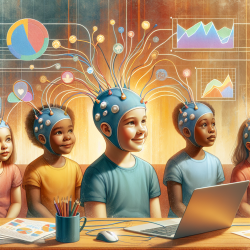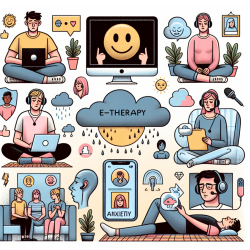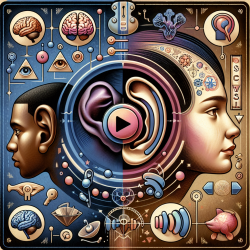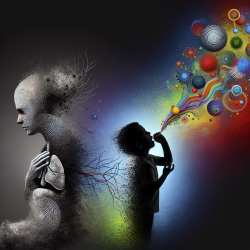Introduction
As professionals dedicated to the wellbeing of children, we constantly seek innovative ways to enhance their mental health and cognitive development. The recent advancements in consumer-grade electroencephalogram (EEG) and functional near-infrared spectroscopy (fNIRS) neurofeedback technologies offer promising avenues for improving mental health and wellbeing. These technologies, once confined to clinical settings, are now accessible for broader use, providing real-time insights into brain activity.
Understanding Neurofeedback
Neurofeedback is a non-invasive technique that measures brain activity and provides feedback to help individuals self-regulate their brain function. It has shown potential in addressing various mental health disorders, including ADHD, anxiety, and depression. The research paper "Consumer-Grade Electroencephalogram and Functional Near-Infrared Spectroscopy Neurofeedback Technologies for Mental Health and Wellbeing" provides a comprehensive review of these technologies, highlighting their applications and future potential.
Applications in Child Development
Consumer-grade neurofeedback devices, particularly EEG and fNIRS, are becoming increasingly popular for mental health monitoring and treatment. These devices are portable, affordable, and can be used outside traditional clinical settings, making them accessible to a wider range of clients, including children. Here are some key applications:
- Attention and Focus: Neurofeedback can help children improve their attention span and focus, essential skills for academic success.
- Anxiety Reduction: By providing real-time feedback, neurofeedback can assist children in managing anxiety and stress, promoting emotional regulation.
- Behavioral Improvements: Neurofeedback training can lead to positive behavioral changes by enhancing self-regulation and impulse control.
Challenges and Considerations
While the potential of consumer-grade neurofeedback devices is significant, there are challenges to consider. The quality and reliability of data are crucial, as signals can be affected by movement, noise, and signal interferences. Additionally, the lack of standardized protocols poses barriers to clinical utilization. However, advancements in machine learning and additional sensors are beginning to address these challenges, improving the accuracy and applicability of these devices.
Encouraging Further Research
As practitioners, it's vital to stay informed about the latest research and developments in neurofeedback technologies. Engaging in further research can help us understand the efficacy and potential applications of these devices in treating mental health disorders and improving overall wellbeing. By critically examining the current state of consumer neurofeedback devices, we can contribute to their advancement and integration into therapeutic practices.
Conclusion
Consumer-grade EEG and fNIRS neurofeedback technologies hold great promise for enhancing children's mental health and cognitive development. By leveraging these tools, practitioners can provide data-driven, personalized interventions that foster positive outcomes. As we continue to explore and refine these technologies, we move closer to realizing their full potential in promoting children's wellbeing.
To read the original research paper, please follow this link: Consumer-Grade Electroencephalogram and Functional Near-Infrared Spectroscopy Neurofeedback Technologies for Mental Health and Wellbeing.










